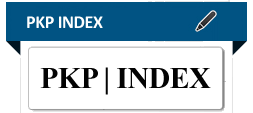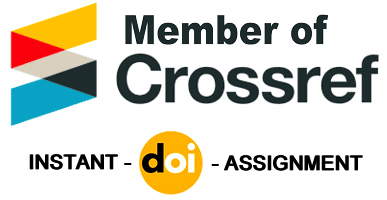INTERNAL EFFECIENCY OF PUBLIC SECONDARY SCHOOLS IN ABEOKUTA NORTH LOCAL GOVERNMENT AREA,
DOI:
https://doi.org/10.5281/zenodo.16841868Abstract
This study examines the internal efficiency of public secondary schools in Abeokuta North Local
Government Area (LGA), Ogun State, Nigeria, between 2021 and 2024. The research evaluates resource
adequacy, wastage rates, and the factors contributing to inefficiency in these schools. Employing a mixed-
method approach, both quantitative and qualitative data were collected to assess the relationship between
resource availability and student retention. The study utilized statistical methods such as ANOVA and
Pearson correlation analysis to test hypotheses and identify trends in educational resource distribution
and wastage.
Findings from the ANOVA test revealed significant differences in resource adequacy across the years
analyzed (F = 4.56, p = 0.018). This suggests that variations in funding, policy changes, and
administrative decisions influenced resource distribution. The study also found that inconsistencies in
resource allocation contributed to inefficiencies in educational delivery, negatively impacting student
performance. Additionally, inadequate infrastructure, outdated instructional materials, and overcrowded
classrooms were identified as major contributors to inefficiencies in public secondary schools.
The Pearson correlation analysis established a strong negative relationship between resource adequacy
and educational wastages. Specifically, dropout rates correlated at -0.72 (p = 0.002), while repetition
rates showed a correlation of -0.65 (p = 0.005). These results indicate that improved resource allocation
significantly reduces dropouts and repetition, leading to enhanced educational outcomes. The study’s
findings align with previous research, highlighting the need for sustainable investments in school
resources to improve internal efficiency.
The study concludes that inadequate resources directly contribute to educational inefficiencies,
necessitating strategic interventions by policymakers. It recommends increased investment in
infrastructure, timely resource distribution, and improved teacher-student ratios to enhance learning
conditions. These measures will minimize wastage, improve student retention, and foster a more efficient public education system in Nigeria.
Downloads
Downloads
Published
Issue
Section
License
Copyright (c) 2025 Babcock University Journal of Education

This work is licensed under a Creative Commons Attribution 4.0 International License.













